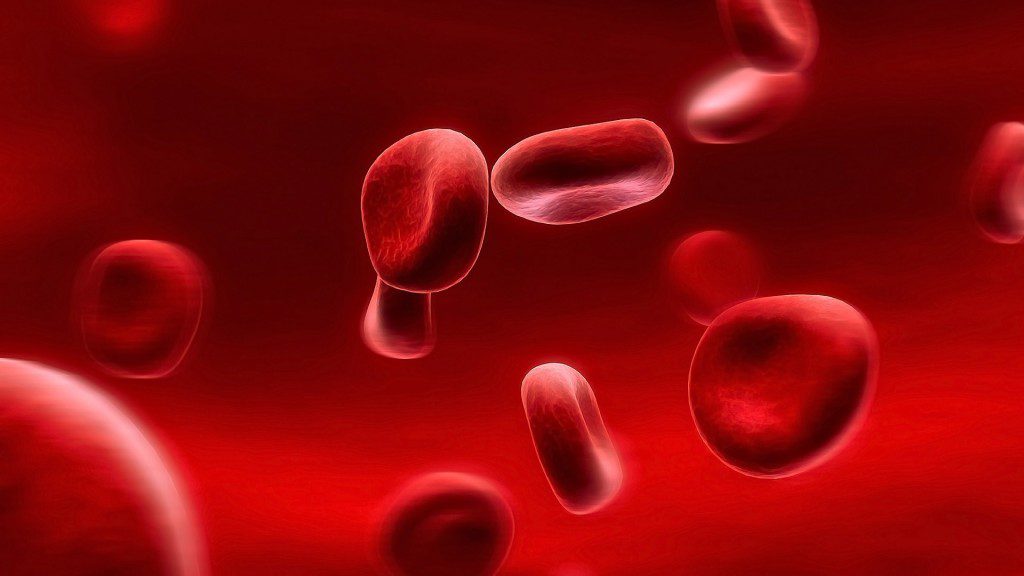Body Dysmorphic Disorder

Body Dimorphic Syndrome in Aesthetic Surgical Interventions
Description:
It is the name given to a clinical disorder, which is characterized by a situation where the person is continuously reactive to an “alleged defect” existing an organ in his /her body; his continued obsession with this defect, comparing his/her organ with the same organ of other people and controlling this organ constantly before the mirror.
Observation:
These persons, in order to overcome this bodily defects, especially in nose, face, eyes, and hair, which they fictionalize, attributing excessive meaning, and the accompanying feeling of embarrassment, could always look for alternative solutions, and spend most of their time before the computer and by visiting one doctor after another in order to get “approval” of the “fact” that the so-called defect is a real one. This clinical situation, which is commonly observed especially in youngsters and single persons, could change its location in the body in certain times. For example, a defect in the nose could leave its place, after months, to the appearance of the skin, to wrinkles in the face, to the size of the breasts or to a problem related to hair.
They could develop easily and dexterously “obsessed habits” in order to prevent the visibility of their fictitious defect. They could use concealing cosmetics in an excessive manner. They may continuously avoid activities such as posing for photographs, handshaking, swimming, going out for lunch, laughing etc. Locking oneself in the house, not going out during the daytime, going out only nighttime to prevent the visibility of the defect could be observed. This could lead to loss of self-confidence and respect and alcohol dependence. If not cured, in advanced clinical cases, it may even lead to social isolation, quitting job/school, dependency on home, and suicide attest.
“The time, attention and money of someone with body dysmorphic syndrome is surrounded totally by this fake or exaggerated defect and all vital demands/activities that are not related to the correction of “his “defect” are considered as secondary..”
These patients, who in general have a passionate and exaggerated standard of judgment, attract attention by being, strict, edged, and critical with a fixed understanding of beauty. Eating and drinking disorders (anorexia and blumia) are among the accompanying clinical entities that attract attention. They can be angry, offensive and frustrating in the face of the criticisms (from their relatives or from the physicians) that they exaggerate their imperfections. And finally, by holding on to every option of treatment blindfoldedly in the depths of despair, they may enter into every treatment option that is risk creating a real defect in their bodies.
Attention!
In conclusion, it is absolutely wrong for plastic surgeons to accept, without the necessary questioning, the persons with such a clinical picture, which can be described as the misperception of a body organ, into their treatment programs that could cover non-surgical or surgical interventions,
According to a research made by BBC in 2015, it is found out that 15% of all patiend had Body Dysmorphic Disorder but only 10% of the people with this syndrome considered that the results of the surgery was successful or satisfactory.
Suggestion:
Anxiety and Depression Association of America delimits this syndrome as a disorder engaged in an imaginary or light defect in an obsessive and interventionist manner” Hence the first and most important step for the solution could be to suggest that this medical problem should primarily pass a psychological evaluation that could have supportive, guiding and most importantly therapeutic characteristic in line with holistic approach corresponding to the spiritual and emotional depth of the problem.
Famous People with Body Dysmorphic Disorder
Robert Pattinson, Marilyn Monroe, Shakira, Michael Jackson, Hayden Panettiere, Andy Warhol, Reid Ewing, Miley Cyrus, Uma Thurman, the author of the Metamorphosis Franz Kafka (1883-1924)





